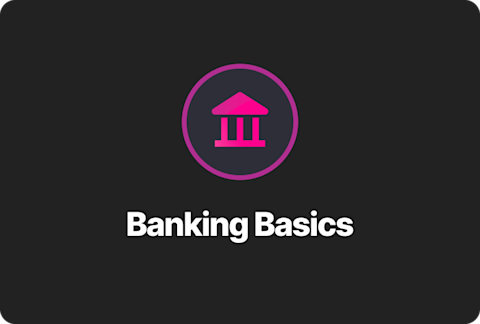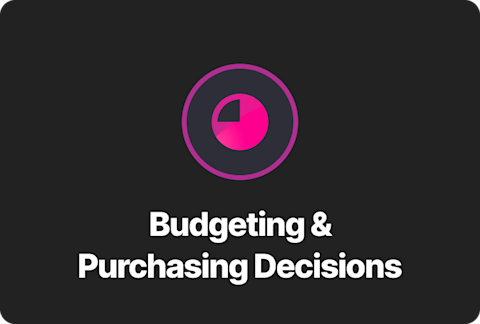A Guide to Budgeting for College Students

Living off inexpensive packets of ramen is something most college students experience. Part of the fun of learning to make your way in the world involves getting a bit creative with a tight budget from time to time. The key to making things work though is knowing exactly what your budget is. Only then can you figure out how far you can stretch it.
For more insight into how to create a college student budget, keep reading!
Step 1. Calculate your income
When you’re a college student you may have a part-time job or be getting money from your parents (or a combo of both), either way, count any funds that come in regularly as income. For some that may include funds that come from grants, scholarships, or loans. If you’re receiving lump sums meant to last a semester or entire school year, make sure to parcel it up and “pay” yourself smaller chunks of it in regular intervals like once a month.
After you tally up how much income you have coming in regularly, you’ll know what you can afford to spend.
Step 2. List monthly expenses
Before you do anything with that income, you need to have a general idea of how much you spend each month. Monthly expenses tend to fluctuate a bit more than income does, but you need to get a baseline of how much you expect to spend.
The following spending categories are ones you may need to account for each month:
Rent or room and board Utilities (gas, water, electricity, etc.) Household goods Transportation (car payment, gas, auto insurance, bus tickets, etc.) School supplies Food Health insurance Entertainment Phone and internet Travel Loan payments Personal hygiene Miscellaneous (clothing, gifts, etc.)
You can choose to list each expense individually like a water and gas bill or you can just budget for the overarching category of utilities. There’s no such thing as a “right” way to budget, so it’s usually best to choose the method that makes the most sense to you. It will be easiest to start out by listing fixed expenses like rent or auto insurance and then you can move on to variable expenses. Not sure how much you tend to spend on a variable expense like dining out? Dig through your old credit or debit card statements and receipts to see how much you typically spend.
Step 3. Create your budget
Add up all sources of income to get your total monthly income amount. Then add up all of your expenses to know your total expenses you can expect to pay on a month to month basis. Then subtract that total expense number from the total income number. Where do you end up? Do you have money left over, are you barely scraping by, or do you find yourself needing to carry a credit card balance or call your parents to ask for more cash by the end of the month?
If you find you don’t have enough sources of income coming in to cover your expenses, you need to adjust your budget accordingly. Can you cut out an unnecessary entertainment subscription? Can you cook more instead of dining out? See where you can make some extra room in your budget so you can rest easy each month knowing you can afford all of your expenses.
Step 4. Check in on your budget
You can’t just set your budget and forget it. At the end of every week it can be helpful to review your spending to make sure you’re still on track to live within that budget. You may find by the end of week two of the month you already maxed out your travel budget and can’t take another weekend road trip. Or you may find that you spent more on groceries than you thought you would and need to cut out some entertainment spending next week to make up for it. At the end of the month you can do a bigger review to see if you need to adjust your budget or spending plans for next month so it’s easier to stay on track.
Need help making ends meet when you’re on a college student budget? Your Parent or Responsible Adult can fund your account on a regular basis using the automated allowance feature or by making one off deposits!








